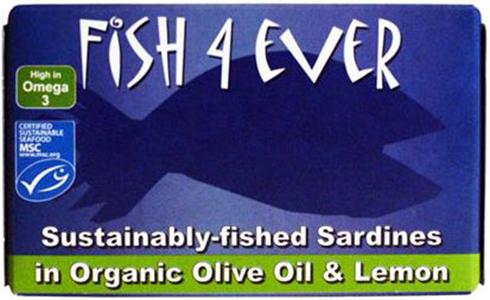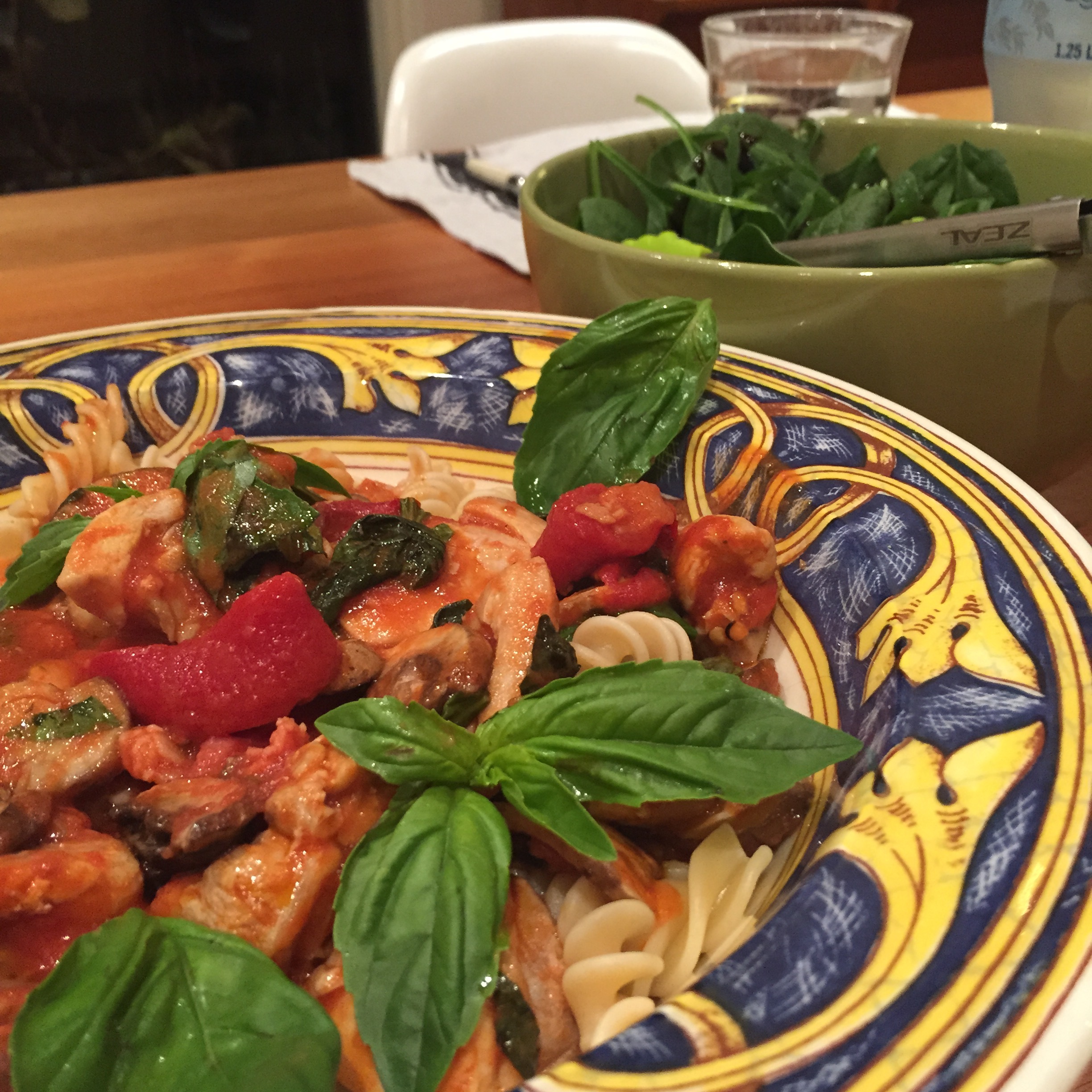WHAT IS A2 MILK?
All regular cows’ milk brands today contain a combination of two main types of beta-casein protein, namely A1 and A2. The A2 milk company has developed a genetic test to choose cows which don’t produce the A1 protein. The farms that produce the A2 milk use only cows which produce the A2 protein. The rest of the A2 milk process is no different to the production of any other milk - it doesn't use genetic engineering or a special technological process.
IMPROVED DIGESTION IN SMALL STUDIES
There have been 2 small human studies looking at the effect of A2 milk. The first study was conducted on a small group of 41 people, of which 10 reported an intolerance to dairy milk. In this trial after drinking A1 protein only the study participants reported softer stools than after drinking A2 milk. It is thought this was due to an increase in gut inflammation caused by consumption of the A1 protein.
This second study on 45 people compared common commercial milk that contained both A1 and A2 milk proteins and to milk containing only A2 protein. This study found that consuming A2 milk did not cause an increase in unpleasant digestive symptoms (for example, bloating and flatulence) usually associated with milk consumption in those who were lactose-intolerant.
These studies were both very small. Currently Monash University is conducting a larger trial which will have results published in December.
SO SHOULD I TRY IT?
With only 10% of Australians consuming their recommended 3-4 serves of dairy each day I am a big fan of any product that helps people drink more milk. Dairy products are a rich source of a wide range of nutrients including calcium, protein, iodine, vitamins A, B2, B12 and D, and zinc. Improved dairy intake has been linked to weight management, reduced risk of heart disease, stroke and type 2 diabetes, and provides one of the best dietary sources of calcium for bone health.
If you already drink milk with no tummy upsets, there is no advantage in switching to A2 milk, and it does cost nearly twice the price of regular milk. However if you do suffer from digestion issues after drinking milk then it's certainly worth giving A2 milk a go.
Note that A2 milk is not lactose free, so will not solve medically diagnosed lactose intolerance. However, if you have diagnosed lactose intolerance but would still like to try a2 Milk™, you can add a lactase enzyme supplement (such as Lacto-Free) to break down the lactose milk sugar making it possible for you to enjoy dairy.
if you do want to try A2 milk, make sure you buy the labelled A2 milk and don't be tricked by other milk that "contain A2 protein" as it's the A1 protein you want to avoid.
RELATED PRODUCTS










































